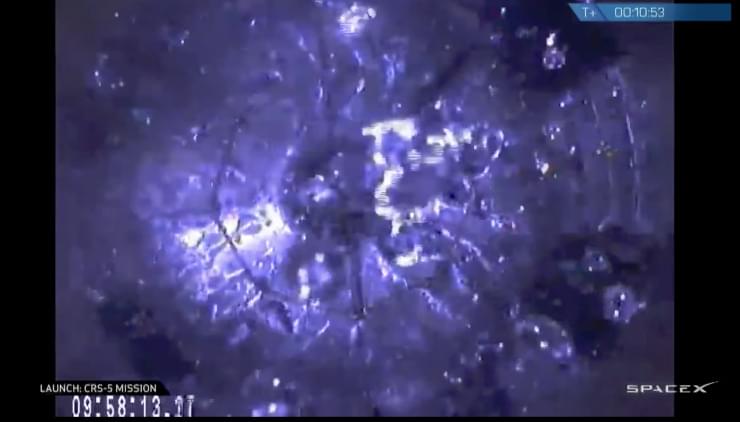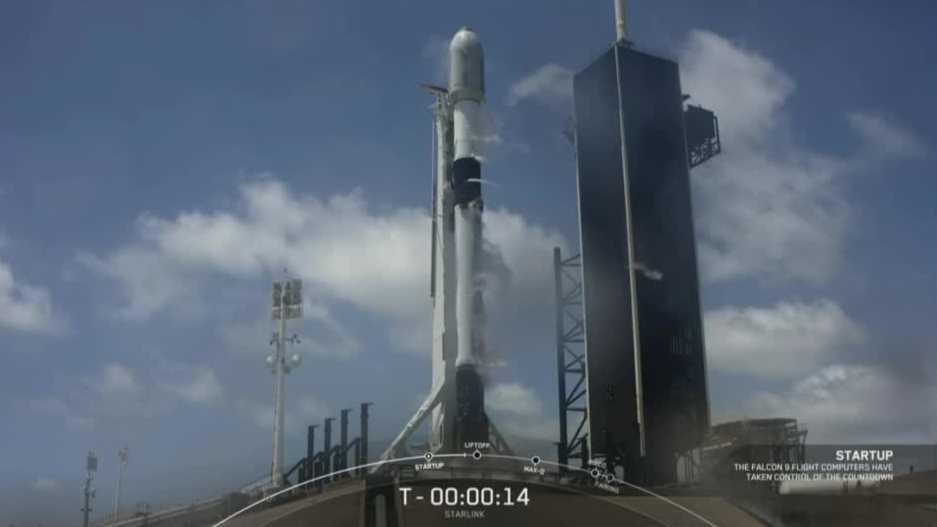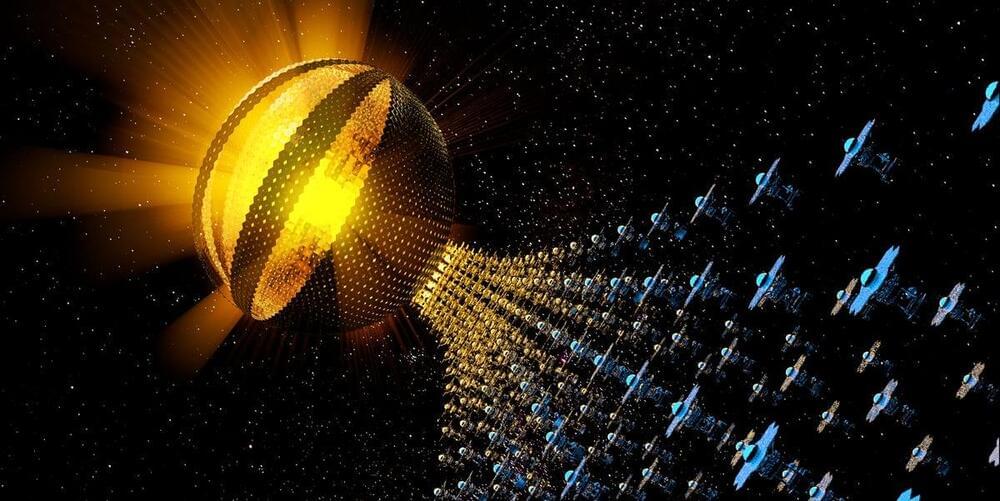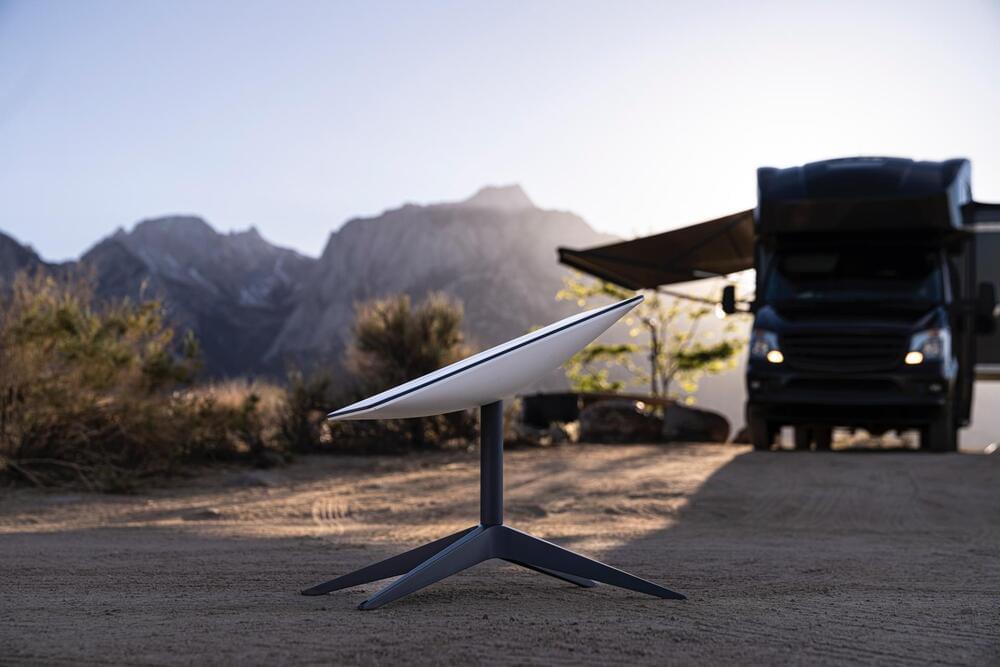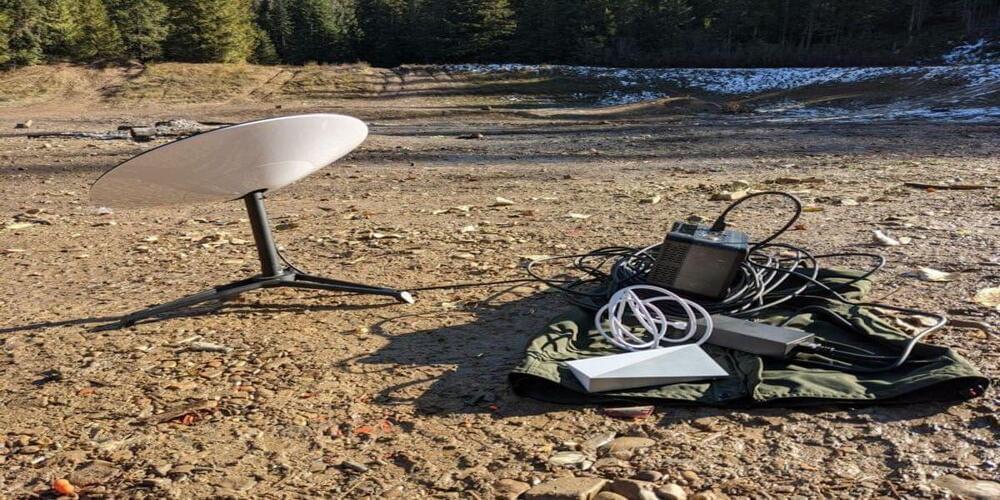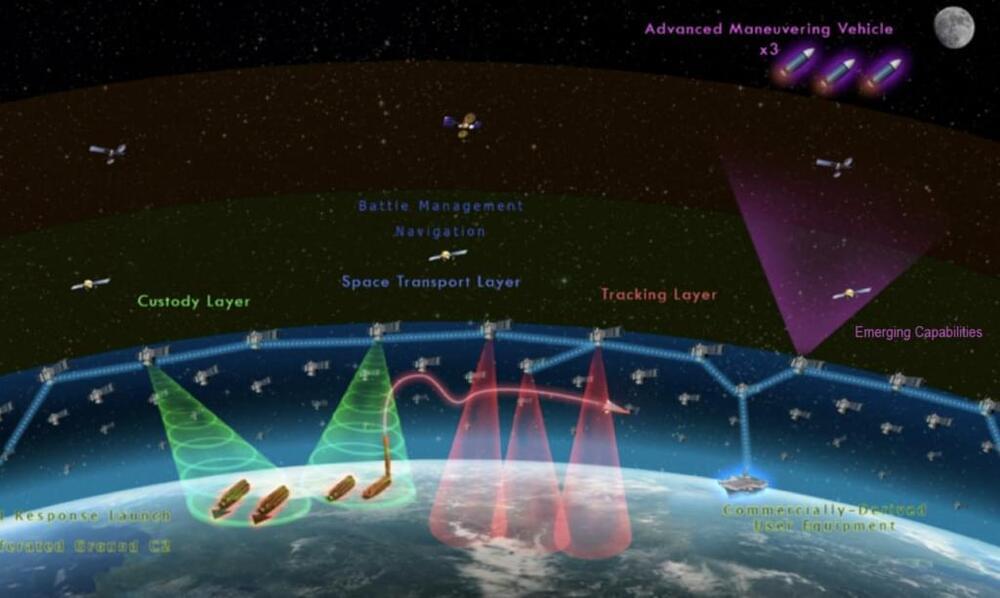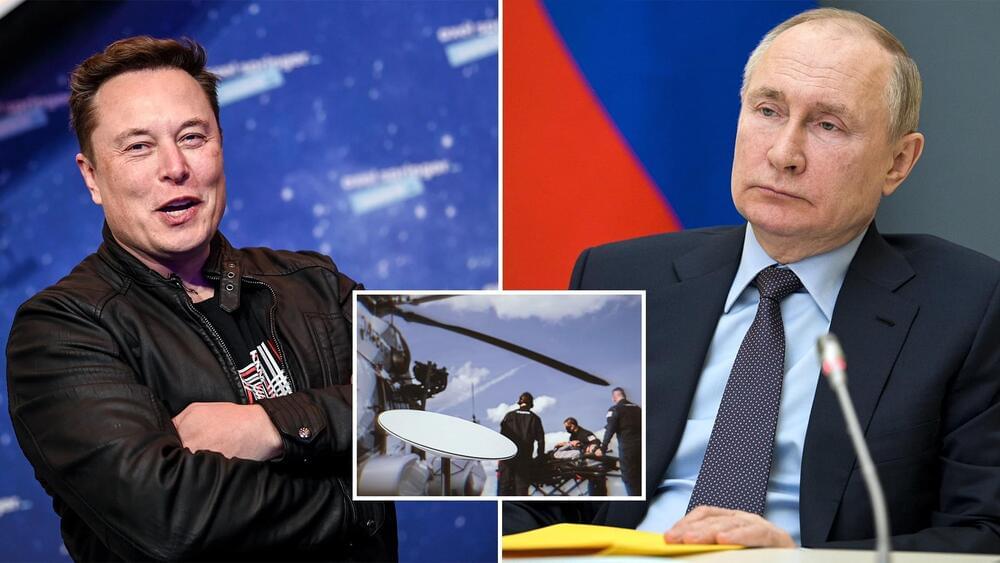This sci-fi megastructure has captivated big thinkers for decades. A leading expert in astrobiology tells us how to construct one.
The paper focused more on theory than engineering, and Dyson provided scant details on what such a megastructure might look like or how we might build one. He described his sphere only as a “habitable shell” encircling a star. But that was enough to captivate and inspire astrophysicists, scientists, and sci-fi writers. In some depictions, the Dyson Sphere, as it became known, appears as a massive ring encircling a star and reaching nearly to Earth. In others, the Sphere completely encases the sun, a hulking megastructure capturing every bit of that star’s energy. In addition to scientific works, Dyson Spheres have appeared in novels, movies, and TV shows—including Star Trek —as a home for advanced civilizations.
Dyson himself understood the challenges of constructing such a massive structure, and he was skeptical that it might ever happen. Nonetheless, his Sphere has stirred ambitious ideas about the future of our civilization, and it continues to be offered as a solution to some of humanity’s most dire dilemmas. Harnessing the total energy of our sun—or any star—would solve our immediate and long-term energy crisis, but when civilization gains access to the complete energy output of a star, meeting our terrestrial energy needs is just the beginning.
With so much energy available, we could direct high-powered laser pulses toward exoplanets that we think may contain life, immeasurably expanding our chances of communicating with distant civilizations. These Dyson-powered beams could travel farther into the universe than anything currently possible, penetrating the higher-density areas of space, such as dust clouds, which decay the signals we send now.


